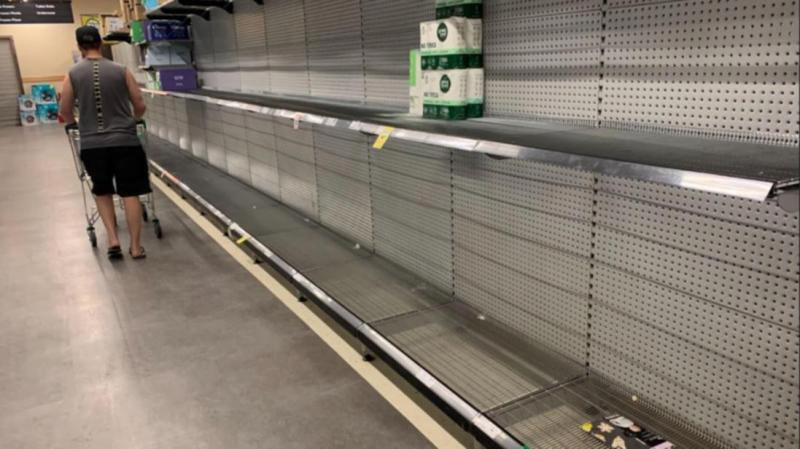In the heart of bustling inner-city suburbs, a transformation is quietly taking place. The familiar landscape of sprawling supermarkets is evolving into something more tailored, more boutique — meet the rise of the “metro” or “local” grocery stores.
These new iterations, often bearing the Woolworths or Coles brand, are smaller in size but big on personality. They offer a unique selection of local products and might even house amenities like sushi bars or artisan bakeries. But what’s the catch?
While these supermarket giants tout greater convenience and a personalised product range for local communities, there’s a pricing puzzle at play. Unlike traditional Woolworths stores, where pricing is uniform across the board, metros operate with more flexibility. This means discerning shoppers might find themselves questioning whether they’re getting the best deal or if a better offer awaits just around the corner.
For instance, take Redfern, an inner-city suburb in Sydney. Here, two Woolworths stores sit just minutes apart. One is a longstanding supermarket, while the other, a smaller metro, has popped up recently near a busy train station. Surprisingly, a basic shopping trip on a Tuesday afternoon revealed a 10 percent price difference between the two stores.
Woolworths explains that while some metros maintain consistent pricing, others in high-traffic areas, like those near commuter hubs, may have slightly higher prices to offset operational costs.
To shed light on these discrepancies, we conducted a comparison between two Redfern stores, filling a basket with everyday items. The results? With the exception of tampons, all products were pricier at the smaller metro store.
Similar scenarios unfold in suburbs like Marrickville, where a traditional supermarket competes with a nearby metro. While some items share identical prices, others come with a premium at the metro. This trend reflects a broader shift towards commuter-friendly stores catering to convenience-focused shoppers.
Professor Nitika Garg, a consumer behaviour expert, notes that while metros excel in providing quick, ready-made meals, their emergence in residential areas poses challenges. Residents may find themselves travelling farther for affordable groceries or settling for limited options at higher prices.
Concerns over this trend prompted Sydney residents to protest against plans to convert a Woolworths into a metro, fearing increased food insecurity, especially among older residents without access to transportation.
Although this shift predominantly affects inner-city areas, it mirrors a global trend towards smaller-format stores. These establishments offer a curated selection of products tailored to local demographics, alongside unique experiences like dedicated cheese rooms or dog treat bars.
Despite competition from neighbourhood grocers, supermarket giants defend their pricing strategies, arguing that consumers are willing to pay more for convenience and specialised offerings.
In essence, the evolving landscape of inner-city supermarkets reflects a delicate balance between consumer demands, business strategies, and community needs. As shoppers navigate these changes, understanding the dynamics behind pricing and product offerings becomes essential for making informed choices in an evolving market.
For the latest retailer news and information, check out the IndiHub website or to speak to us about how we can help your business contact us.


